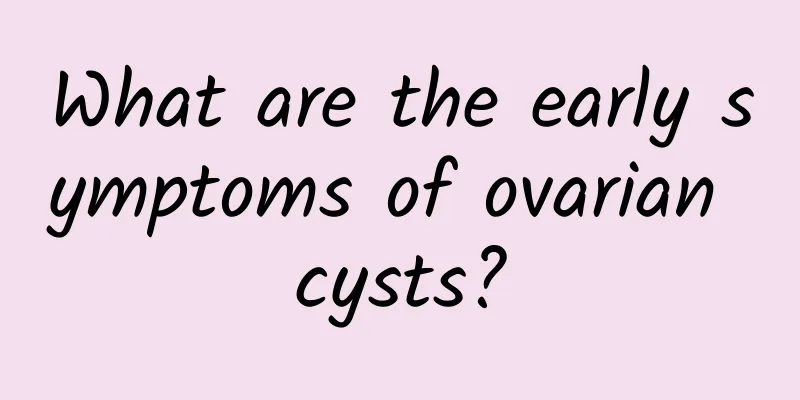Why does pelvic peritonitis recur after recovery?

|
In daily life, we need to pay attention to the disease of pelvic peritonitis. When this disease occurs, we need to pay attention to changes in our body, regulate the body effectively, pay attention to changes in menstruation, and pay attention to some symptoms. So, why does pelvic peritonitis recur after being cured? 1. Spread of inflammation from adjacent organs: The most common is when appendicitis and peritonitis occur. Since they are adjacent to the female internal reproductive organs, inflammation can spread directly and cause inflammation of the female pelvic peritonitis. What behaviors are likely to cause pelvic peritonitis? When suffering from chronic cervicitis, inflammation can also cause pelvic connective tissue inflammation through lymphatic circulation. 2. Postoperative infection in gynecological surgery: If the disinfection is not strict or there is chronic inflammation of the reproductive system during artificial abortion, IUD insertion or removal, fallopian tube intubation, salpingography, endometrial polyp removal, or submucosal uterine myomectomy, postoperative infection may occur. Some patients do not pay attention to personal hygiene after surgery, or do not follow the doctor's advice and resume sexual life too early, which can also cause bacterial infection and cause pelvic peritonitis. 3. Not paying attention to menstrual hygiene: During menstruation, the endometrium is exfoliated, the blood sinuses in the uterine cavity are open, and there are blood clots, which are good conditions for bacteria to grow. If you do not pay attention to hygiene during menstruation, use sanitary napkins or toilet paper that do not meet the hygiene standards, or have sex, it will provide bacteria with opportunities for retrograde infection, leading to pelvic peritonitis. 4. Multiple sexual partners: Primary pelvic peritonitis is often caused by sexual intercourse or sexual exposure. Infection has little to do with the frequency of sexual intercourse, but it is related to the number of partners. The incidence rate of women with multiple partners is 5 times that of those without such relationships. 5. Postpartum or post-abortion infection: The patient is weak after childbirth or miscarriage, and residual blood and turbid fluid will flow out of the cervical opening. If the cervical opening is not closed in time, the detachment surface of the placenta in the uterine cavity, the damage to the birth canal caused during delivery, and the residues of the placenta or fetal membranes will cause pathogens to penetrate into the uterine cavity, thereby causing infection. |
<<: How to prevent recurrence of pelvic peritonitis after recovery
>>: Under what circumstances is pelvic peritonitis prone to recurrence?
Recommend
What are the causes of dysmenorrhea?
Dysmenorrhea causes great physical harm and pain ...
What are the dangers of premature menstrual irregularities and amenorrhea in women?
Irregular menstruation is a common disease among ...
What is the cure rate for female abortion?
Abortion is a problem that many women will encoun...
What is good for patients with adenomyosis?
Patients with adenomyosis generally have prolonge...
What are the causes of chronic cervicitis?
What are the causes of chronic cervicitis? Cervic...
Is it normal to have your period four days early?
Is it normal to have your period four days early?...
1 minute of aerobic exercise! Burn calories and lose fat easily
After doing 1 set of 3 sets of main lower body ex...
Do you know the common degeneration of uterine fibroids?
The blood supply of uterine fibroids comes from t...
What are the ways to prevent dysmenorrhea in winter?
The weather is cold in winter, and the number of ...
What should I pay attention to after surgery for cervical precancerous lesions?
In my country, the incidence of cervical precance...
The cause of ovarian cysts may be related to diet
If women do not pay attention to their diet, then...
Typical symptoms of hyperplastic vulvar leukoplakia at each stage
There are several types of vulvar leukoplakia, an...
How to treat multiple uterine fibroids? What is the traditional Chinese medicine treatment method for multiple uterine fibroids?
What is the method of TCM to treat multiple uteri...
The treatment of cervicitis should start with the specific symptoms
Cervicitis is one of the most common gynecologica...
What should patients with adnexitis pay more attention to in their daily lives?
What should patients with adnexitis pay more atte...









